Diamond vs. moissanite: understanding the difference
When it comes to choosing between a diamond and moissanite, it's important to understand the differences between these two gemstones. Diamonds are formed deep within the Earth's mantle and are known for their exceptional hardness and brilliance. On the other hand, moissanite is a lab-created gemstone that closely resembles a diamond in appearance but has its own unique properties. In this article, we will explore the formation, properties, and production of diamonds and moissanite, as well as the key differences between them. By the end, you'll have a better understanding of which gemstone is the right choice for you.
Key Takeaways
- Diamonds are formed deep within the Earth's mantle, while moissanite is a lab-created gemstone.
- Diamonds are known for their exceptional hardness and brilliance.
- Moissanite closely resembles a diamond in appearance but has its own unique properties.
- Diamonds are mined from the earth, while moissanite is produced in a laboratory.
- The chemical composition, physical appearance, durability, hardness, price, and value of diamonds and moissanite differ.
What is a Diamond?
Formation of Diamonds
Diamonds are formed deep within the Earth's mantle, under extreme pressure and temperature conditions. The process begins with carbon atoms being subjected to intense heat and pressure, causing them to crystallize and form diamonds. This natural process takes millions of years to occur.
Diamonds are primarily composed of carbon atoms arranged in a crystal lattice structure. This unique arrangement gives diamonds their exceptional hardness and brilliance.
The formation of diamonds is a complex geological process that involves the movement of tectonic plates, volcanic activity, and the presence of specific minerals and fluids. It requires the perfect combination of factors for diamonds to be created.
Properties of Diamonds
Diamonds have several unique properties that make them highly valued in the jewelry industry. One of the most important properties of diamonds is their hardness. Diamonds are the hardest known natural substance, scoring a perfect 10 on the Mohs scale of mineral hardness. This means that diamonds are extremely resistant to scratching and can maintain their brilliance and luster for a lifetime.
Another notable property of diamonds is their refractive index. Diamonds have a high refractive index, which means that they have a strong ability to bend and reflect light. This property gives diamonds their characteristic sparkle and fire.
In addition to their hardness and refractive index, diamonds also have a high thermal conductivity. This means that diamonds are excellent conductors of heat and can disperse heat quickly. This property makes diamonds ideal for use in high-performance electronic devices.
Overall, the unique properties of diamonds contribute to their desirability and value in the jewelry market.
Diamond Mining
Diamond mining is the process of extracting diamonds from the earth. It involves various techniques such as open-pit mining, underground mining, and alluvial mining. Mining is a complex and labor-intensive process that requires careful planning and execution.
One important aspect of diamond mining is the environmental impact. Mining can have significant effects on the surrounding ecosystem, including deforestation, soil erosion, and water pollution. Sustainable mining practices aim to minimize these impacts and ensure the long-term viability of diamond mining.
In addition to the environmental considerations, diamond mining also has social and ethical implications. The industry has faced criticism for issues such as child labor, human rights abuses, and conflict diamonds. Ethical sourcing and certification programs have been developed to address these concerns and promote responsible mining practices.
Overall, diamond mining plays a crucial role in the supply chain of diamonds. It is important for consumers to be aware of the environmental and ethical aspects associated with diamond mining when making purchasing decisions.
Diamond Grading
Diamond grading is the process of evaluating the quality and characteristics of a diamond. It involves assessing the diamond's color, clarity, cut, and carat weight. These factors determine the overall value and desirability of the diamond. The Gemological Institute of America (GIA) is a renowned authority in diamond grading and has established the 4Cs grading system, which stands for color, clarity, cut, and carat weight. This system provides a standardized way to assess and compare diamonds.
When grading a diamond, the color is evaluated on a scale from D (colorless) to Z (light yellow or brown). The clarity refers to the presence of internal or external flaws, with the highest grade being Flawless (no visible inclusions or blemishes). The cut of a diamond refers to how well it has been shaped and faceted, affecting its brilliance and sparkle. Finally, the carat weight measures the size of the diamond, with one carat equal to 200 milligrams.
Diamond grading is essential for both buyers and sellers. It allows buyers to make informed decisions and ensures that sellers accurately represent the quality of their diamonds. Whether you are purchasing a diamond for an engagement ring or investing in diamonds, understanding diamond grading is crucial to ensure you get the best value for your money.
What is Moissanite?
Formation of Moissanite
Moissanite is a naturally occurring mineral that was first discovered in 1893 by French chemist Henri Moissan. It is formed under extreme conditions, such as meteorite impacts or in the mantle of the Earth. Moissanite is composed of silicon carbide (SiC) and has a unique crystal structure that gives it its exceptional hardness and brilliance.
Unlike diamonds, which take millions of years to form deep within the Earth's mantle, moissanite is found in small quantities in nature. However, most moissanite available in the market today is created through a process called chemical vapor deposition (CVD). This involves growing moissanite crystals in a laboratory using a combination of heat, pressure, and gases.
Formation of Moissanite
| Formation Method | Natural Occurrence | Lab-Grown |
|---|---|---|
| Meteorite Impact | Yes | No |
| Mantle Formation | Yes | No |
| Chemical Vapor Deposition | No | Yes |
- Moissanite is formed through extreme conditions such as meteorite impacts or in the mantle of the Earth.
- Most moissanite available in the market today is created through a process called chemical vapor deposition (CVD).
- Moissanite can be distinguished from diamonds based on its formation method and occurrence.
Tip: When purchasing moissanite, it's important to consider whether it is natural or lab-grown, as this can affect its value and rarity.
Properties of Moissanite
Moissanite has several unique properties that make it an attractive alternative to diamonds:
-
Brilliance: Moissanite exhibits a high level of brilliance due to its high refractive index, which means it reflects more light than diamonds.
-
Fire: Moissanite also has a high dispersion, which gives it a fiery appearance with colorful flashes of light.
-
Hardness: While not as hard as diamonds, moissanite is still a very durable gemstone, ranking 9.25 on the Mohs scale of hardness.
Tip: Due to its exceptional brilliance and fire, moissanite can be a stunning choice for engagement rings and other jewelry pieces.
-
Color: Moissanite is typically near-colorless, but it can also exhibit a slight yellow or green tint.
-
Price: One of the most significant advantages of moissanite is its affordability compared to diamonds. It offers a similar look to diamonds at a fraction of the cost.
-
Sustainability: Moissanite is a lab-created gemstone, making it a more environmentally friendly option compared to mined diamonds.
Moissanite Production
Moissanite is a lab-created gemstone that is produced through a process called chemical vapor deposition (CVD). In this process, a small piece of silicon carbide is placed in a chamber with a carbon-rich gas. The gas is heated to high temperatures, causing the carbon atoms to separate from the gas and bond with the silicon carbide, forming moissanite crystals.
Unlike diamonds, which are formed naturally over millions of years, moissanite can be created in a matter of weeks. This controlled production process allows for consistent quality and availability of moissanite.
Table: Comparison of Diamond and Moissanite Production
| Aspect | Diamond | Moissanite |
|---|---|---|
| Formation | Natural | Lab-created |
| Time | Millions of years | Weeks |
| Availability | Limited | Widely available |
- Moissanite is an environmentally friendly alternative to diamond, as it does not require mining.
- The lab-created nature of moissanite also ensures that it is free from the ethical concerns associated with diamond mining.
- Moissanite production offers a more affordable option for those who want the look of a diamond without the high price tag.
Tip: When considering moissanite as an alternative to diamond, it's important to understand the differences in production methods and the benefits they offer.
Moissanite vs. Diamond
When comparing moissanite and diamonds, there are several key differences to consider. Firstly, moissanite is lab-created, meaning it's a more environmentally friendly option. Diamonds, on the other hand, are mined from the earth, which can cause environmental damage.
Secondly, moissanite has a higher refractive index than diamonds, which means it sparkles more. However, this can sometimes give it a 'disco ball' effect, especially under certain lighting conditions.
Here's a quick comparison:
| Aspect | Moissanite | Diamond |
|---|---|---|
| Origin | Lab-created | Natural |
| Sparkle | More | Less |
| Environmental Impact | Less | More |
Tip: When choosing between moissanite and a diamond, consider your personal preferences, budget, and ethical considerations.
Finally, while moissanite is almost as hard as diamonds on the Mohs scale, diamonds are the hardest known mineral and are therefore more resistant to scratches and damage. However, both are suitable for everyday wear.
Differences Between Diamond and Moissanite
Chemical Composition
Diamonds are composed of carbon atoms arranged in a crystal lattice structure. This unique arrangement gives diamonds their exceptional hardness and brilliance. On the other hand, moissanite is made up of silicon carbide, which is a compound of silicon and carbon. While both diamonds and moissanite are made of carbon, their different chemical compositions result in distinct physical and optical properties.
Physical Appearance
When it comes to physical appearance, both diamonds and moissanite have their unique characteristics.
Diamonds are known for their exceptional brilliance and sparkle. Their natural crystal structure allows them to reflect and refract light, creating a dazzling display of colors. The cut of a diamond also plays a significant role in its appearance, as it determines how well the light is reflected.
On the other hand, moissanite has a similar appearance to diamonds but with some subtle differences. While moissanite also exhibits brilliance and fire, it tends to have a slightly different color spectrum. Some people describe moissanite as having a more rainbow-like sparkle compared to diamonds.
In terms of clarity, both diamonds and moissanite can be found in various grades. However, diamonds are often prized for their high clarity, while moissanite is known for its exceptional clarity even in lower grades.
Overall, both diamonds and moissanite have their own unique beauty and charm, making them suitable choices for different preferences and styles.
Durability and Hardness
Durability and hardness are important factors to consider when choosing between a diamond and moissanite.
Diamond is known for its exceptional durability and hardness. It is the hardest known natural material, scoring a perfect 10 on the Mohs scale of mineral hardness. This means that diamonds are highly resistant to scratching and can withstand everyday wear and tear.
Moissanite, on the other hand, is also a very durable gemstone. It ranks 9.25 on the Mohs scale, making it a close second to diamond in terms of hardness. While moissanite is not as hard as diamond, it is still highly resistant to scratching and is suitable for everyday wear.
In terms of durability, both diamond and moissanite are excellent choices that can withstand the test of time.
Price and Value
When comparing the price and value of diamonds and moissanite, there are several factors to consider. Diamonds are generally more expensive than moissanite due to their rarity and demand. However, it's important to note that the value of a diamond is also influenced by its cut, color, clarity, and carat weight. On the other hand, moissanite is a more affordable alternative to diamonds, offering a similar sparkle and brilliance at a lower cost.
In terms of long-term value, diamonds are often considered a better investment due to their enduring popularity and status symbol. They retain their value well and can even appreciate over time. Moissanite, while more budget-friendly, may not hold the same resale value as diamonds.
It's essential to assess your personal preferences, budget considerations, and long-term goals when deciding between diamonds and moissanite. Ultimately, the choice between the two will depend on your individual circumstances and priorities.
Choosing Between Diamond and Moissanite
Personal Preference
When it comes to choosing between a diamond and moissanite, personal preference plays a significant role. Individual style and aesthetic preferences are important factors to consider. Some people prefer the classic and timeless beauty of a diamond, while others may be drawn to the brilliance and fire of moissanite.
Additionally, cultural and societal influences can also impact personal preference. For example, in some cultures, diamonds are traditionally seen as a symbol of love and commitment, while in others, moissanite may be more popular due to its affordability and ethical considerations.
Ultimately, the decision between a diamond and moissanite should be based on what resonates with you personally and aligns with your values and preferences.
Budget Considerations
When considering budget, it's important to note that moissanite is a more affordable alternative to diamonds. While diamonds can be quite expensive, moissanite offers a similar brilliance and sparkle at a fraction of the cost. This makes moissanite a popular choice for those who want a stunning gemstone without breaking the bank.
In terms of price, the cost of a moissanite gemstone is significantly lower than that of a diamond of similar size and quality. This affordability factor allows individuals to get a larger and more impressive-looking stone for their budget.
Additionally, moissanite is not only more affordable upfront, but it also requires less maintenance and care compared to diamonds. This can result in long-term cost savings, as there is no need for frequent professional cleaning or expensive repairs.
Overall, if budget is a major consideration, moissanite provides an excellent alternative to diamonds without compromising on beauty or quality.
Ethical and Environmental Factors
When considering the ethical and environmental factors of choosing between a diamond and moissanite, there are a few key points to keep in mind:
-
Conflict-Free: Diamonds have a long history of being associated with conflict and unethical practices in certain regions. However, many diamond companies now adhere to the Kimberley Process, which ensures that diamonds are sourced from conflict-free areas. On the other hand, moissanite is a lab-created gemstone, meaning it is not associated with any ethical concerns.
-
Environmental Impact: Diamond mining can have a significant environmental impact, including habitat destruction and water pollution. In contrast, moissanite production has a lower environmental footprint as it is created in a laboratory setting.
-
Sustainability: Moissanite is considered a more sustainable option as it is not a finite resource like diamonds. Additionally, the production of moissanite requires less energy and resources compared to diamond mining.
Considering these factors, individuals who prioritize ethical sourcing and environmental sustainability may lean towards choosing moissanite over diamonds.
Maintenance and Care
When it comes to maintaining and caring for your diamond or moissanite jewelry, there are a few important considerations to keep in mind:
-
Cleaning: Regularly clean your jewelry using a mild soap and warm water solution. Gently scrub the jewelry with a soft brush to remove any dirt or debris.
-
Storage: Store your jewelry in a separate compartment or pouch to prevent scratching. Avoid storing it with other jewelry pieces that may cause damage.
-
Avoid Harsh Chemicals: Avoid exposing your jewelry to harsh chemicals such as chlorine or bleach, as they can damage the metal and gemstones.
-
Professional Inspection: Periodically have your jewelry inspected by a professional jeweler to ensure that the settings are secure and the stones are in good condition.
Remember, proper maintenance and care will help keep your diamond or moissanite jewelry looking beautiful for years to come.
Conclusion
In conclusion, the difference between diamonds and moissanite lies in their composition, durability, and cost. While diamonds are natural gemstones formed deep within the earth, moissanite is a lab-created gemstone. Diamonds are known for their exceptional hardness and brilliance, making them a popular choice for engagement rings. On the other hand, moissanite offers a more affordable alternative with similar sparkle and fire. Ultimately, the choice between diamond and moissanite depends on personal preferences and budget. Whether you opt for the timeless elegance of a diamond or the affordability of moissanite, both options can make a stunning addition to any jewelry collection.
Frequently Asked Questions
Are diamonds more expensive than moissanite?
Yes, diamonds are generally more expensive than moissanite.
Can moissanite be mistaken for a diamond?
Moissanite can resemble a diamond, but there are differences in their optical properties that can help distinguish between the two.
Which is more durable, diamond or moissanite?
Diamond is the hardest known substance, making it more durable than moissanite.
Are moissanite rings ethical?
Moissanite is considered a more ethical choice compared to diamonds, as it is a lab-created gemstone and does not involve mining.
Do moissanite stones sparkle like diamonds?
Moissanite has a high refractive index, which gives it a brilliant sparkle similar to diamonds.
Can moissanite scratch or chip easily?
While moissanite is durable, it can still scratch or chip under certain circumstances. However, it is less likely to do so compared to other gemstones.
Best Sellers


















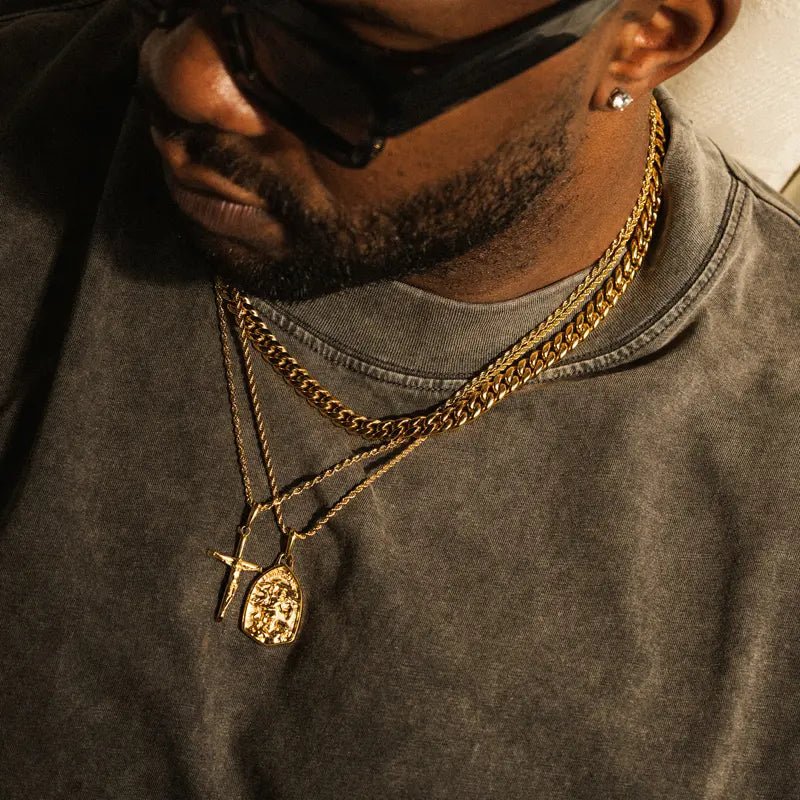







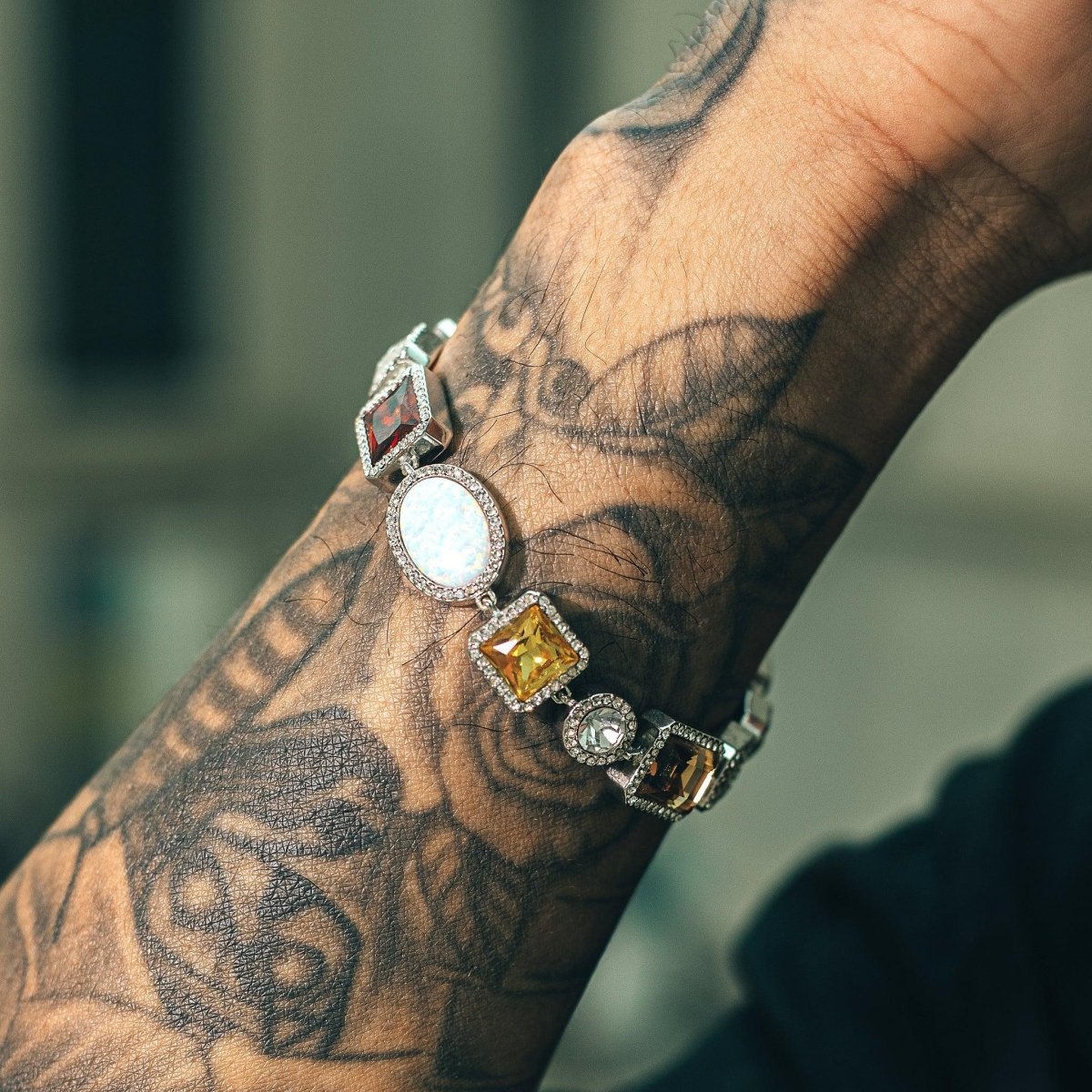
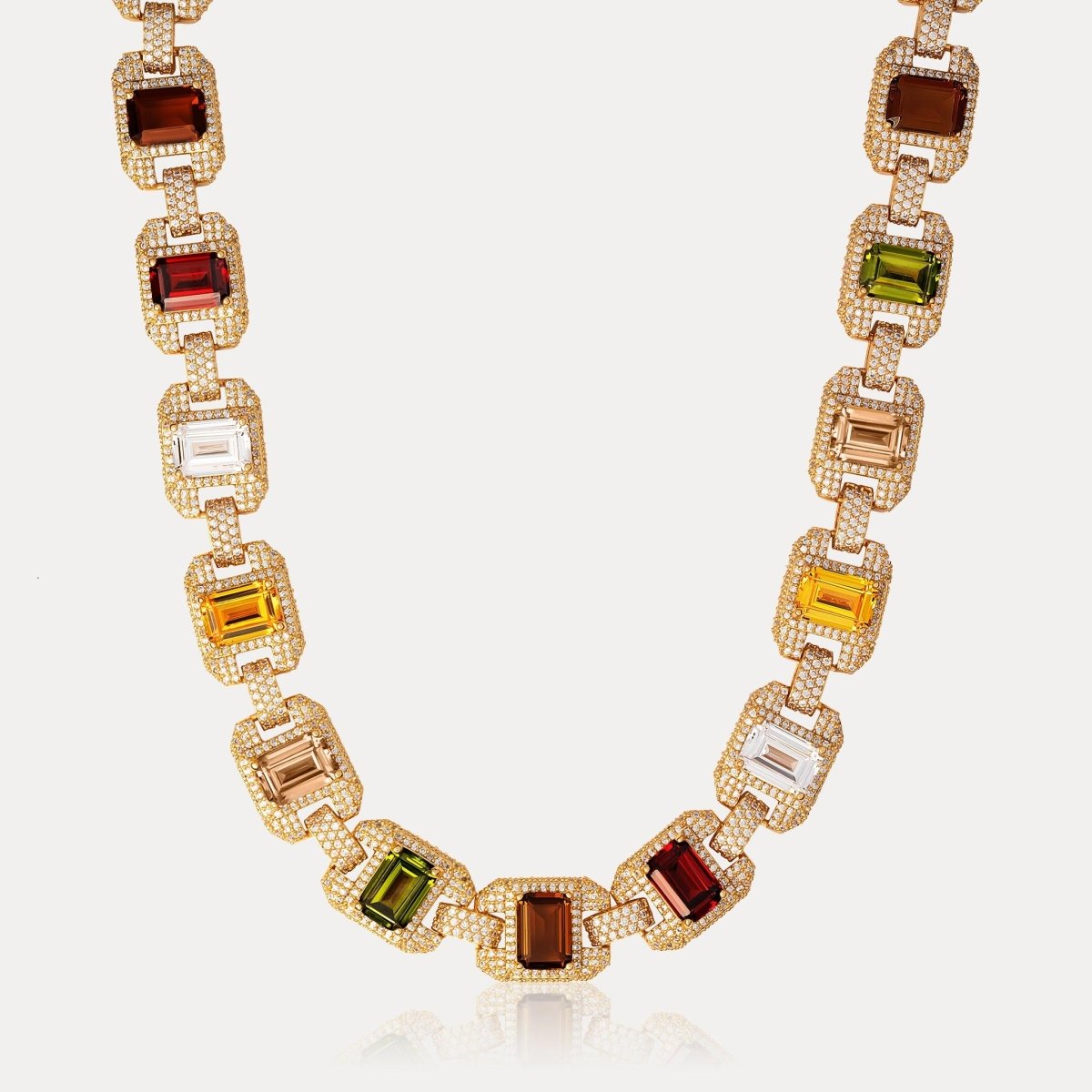



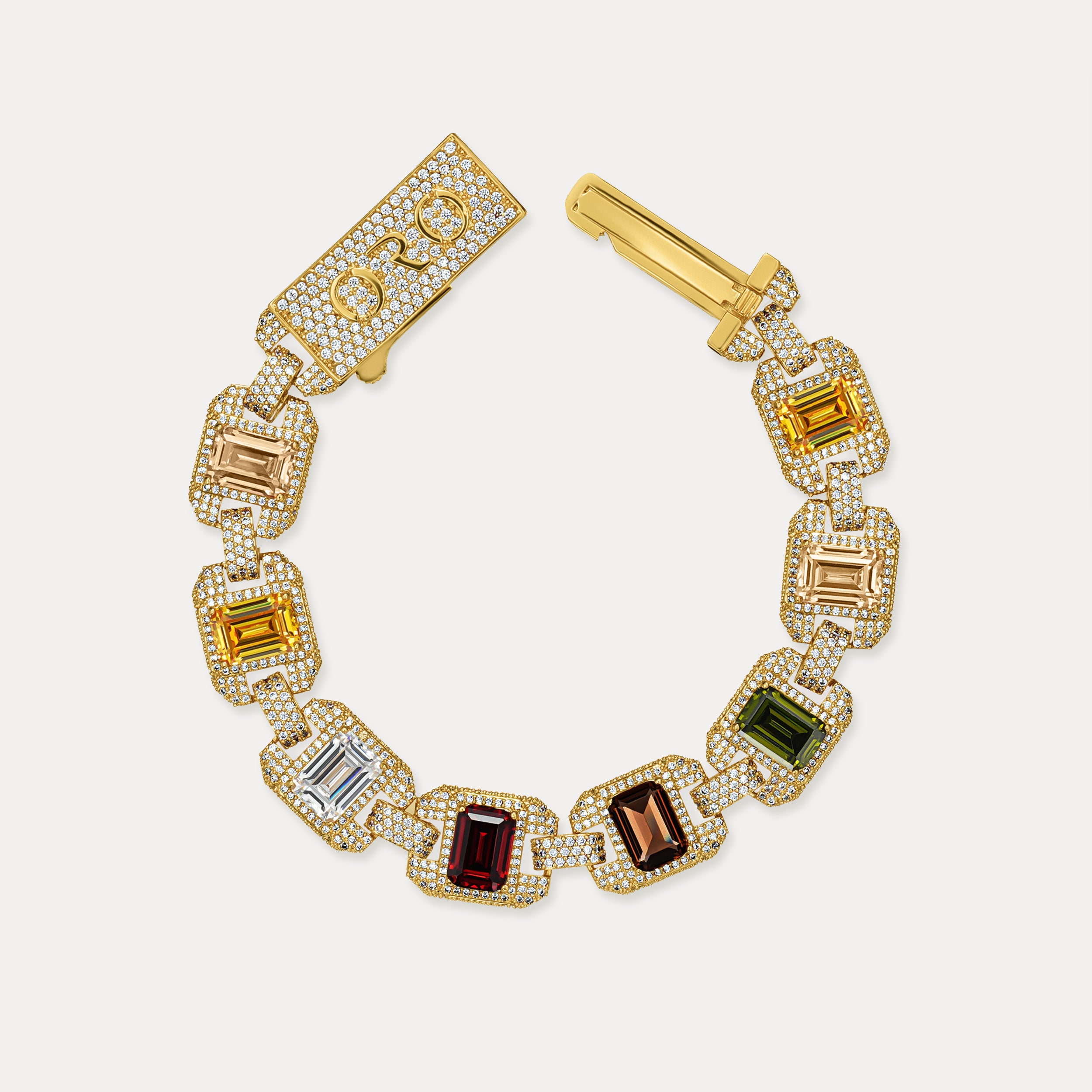












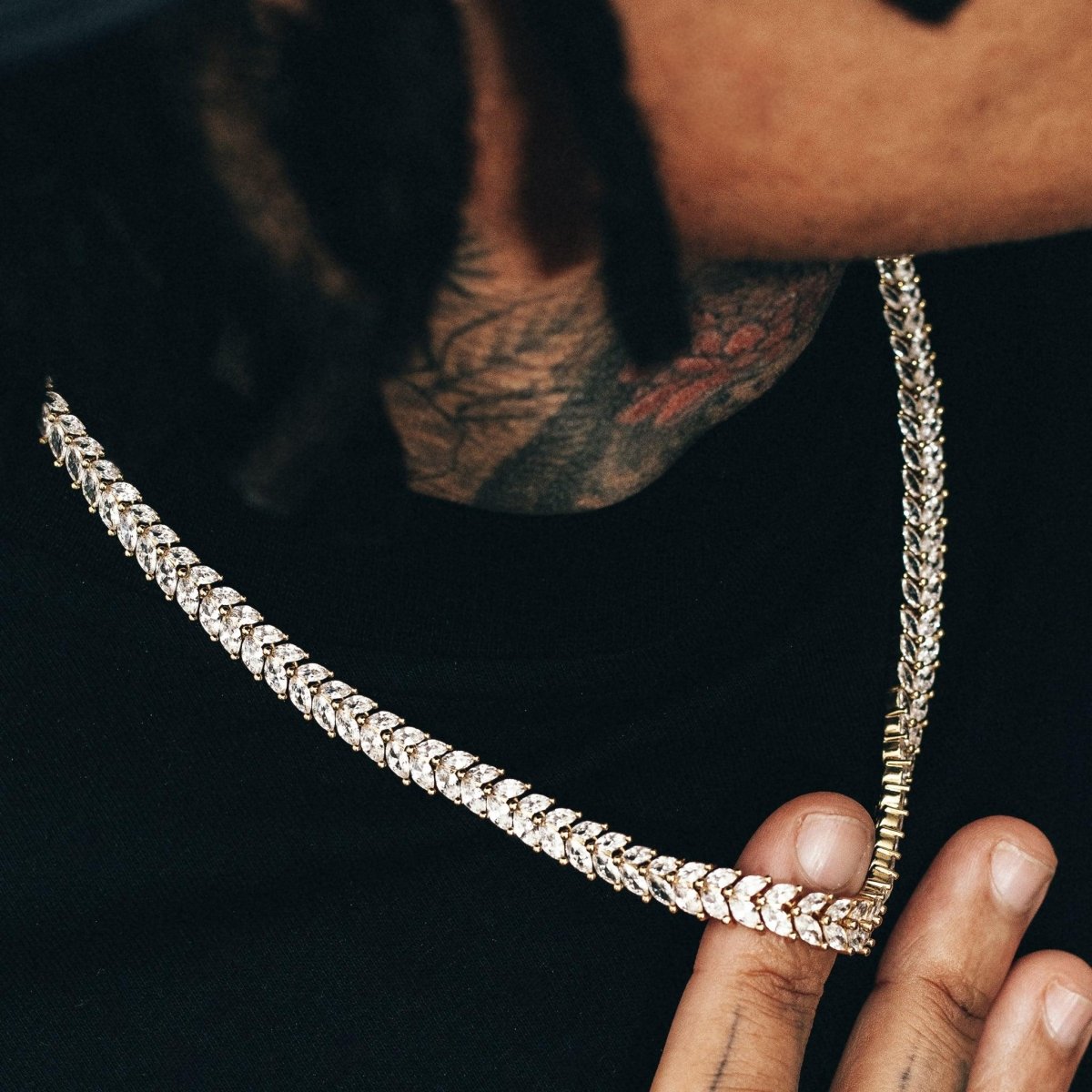






Leave a comment
This site is protected by hCaptcha and the hCaptcha Privacy Policy and Terms of Service apply.